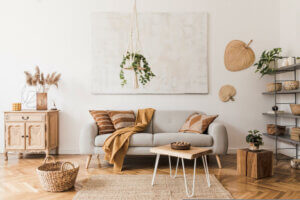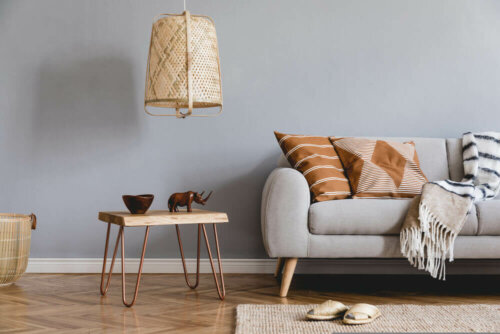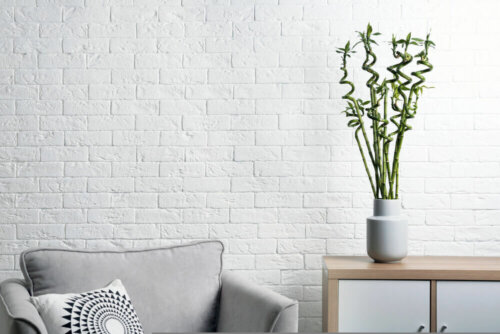The Bamboo Coffee Table - All the Rage in Interior Design

Originality is achieved through decor items that are attractive, innovative, and sophisticated. For example, the bamboo coffee table, which is all the rage in interior design and an item that completely breaks traditional aesthetic concepts.
Sometimes, you look for furniture that’s different from what you’d usually find. However, you might not be sure which to choose and if certain kinds will look good in the space where you’re going to put them.
Something to consider is the material. The shape and color are the first things you perceive, but what it’s made of, that it’s resistant and the very function it fulfills also matters.
Why choose bamboo as a material?

Generally, pine, walnut, or cherry are the most common woods for furniture such as dining room tables, chairs, doors, closets, etc. But, on the other hand, other materials are less common and have the same possibilities within the home.
In the case of bamboo, it’s a very strong, durable, and solid material. This wood is exotic and therefore not commonly used. However, the aesthetic functions it offers are unique.
It may not seem different from conventional wood. However, the smooth and pleasant texture is what makes it different. It requires special care so it doesn’t get damaged, being very similar to wicker.
Bamboo is making its way into the interior design world.
The bamboo coffee table – types and features
When it comes to pointing out some of the main features of the bamboo coffee table, it’s worth mentioning that, in an indirect way, you’re introducing an element that reflects a certain aesthetic distinction. To better understand this idea, we’re going to look at some types of bamboo tables and their features:
- One of the most common is the square one. The wood and knots are visible. However, you must make sure it’s been well sealed with varnish so it doesn’t break.
- Another type is a taller table with less bulky legs. A carpenter uses heat to bend the parts.
- One of its most remarkable qualities is simplicity. The lines are well defined. This is a table that’s easy to place anywhere.
- However, it’s worth mentioning the round table as an alternative. If you don’t want straight lines, you can opt for this type. You can even place glass on the surface to give it a more serious touch and protect the bamboo.
Objective – transport your living room to a faraway land

Bamboo isn’t just an attractive material, it also has interesting aesthetic qualities. It’s an exotic material and reminiscent of warm and tropical environments.
Another aspect is its naturalness. By keeping its original finish, it doesn’t lose its essence. In this sense, it has a lot to say in a space where you want innovation and originality.
It goes well with neutral, dark, warm, and green tones. By being the color of wood itself, it provides a simple feel. Some can appear more handmade, as can be seen in the octagonal type.
The best styles for a bamboo coffee table
Some of the styles where this table can look good are in rustic, alternative, casual, country, and minimalist. Also, it gives an Asian touch, since it comes from there.
A bamboo coffee table is eye-catching. It deserves to be a feature and create a unique harmonic set with the sofa, carpet, floor lamp, and the colors that surround it.
In short, the bamboo coffee table is a good option to decorate the living room and give it more personality.
All cited sources were thoroughly reviewed by our team to ensure their quality, reliability, currency, and validity. The bibliography of this article was considered reliable and of academic or scientific accuracy.
- Gilliat, Mary: Curso de interiorismo, Blume, 2008.